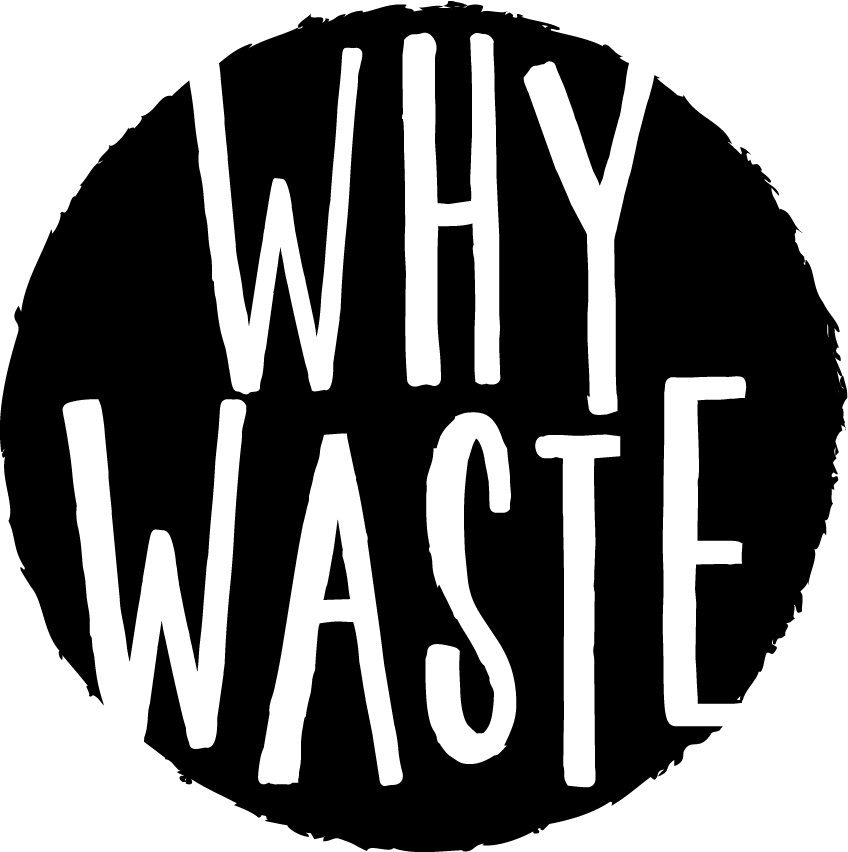What goes in your worm farm?
The recipe for success.
Your worm farm is an ecosystem of organisms which specialise in breaking waste down into rich, fertile soil. The main players are Tiger Worms with big appetites, they can eat their own weight a day! They also have small mouths and sensitive skin. All of this plays a role in what is best to put in and leave out of your worm farm. As you improve their environment, they will breed and increase your regenerative impact.
So, how to create the ultimate worm paradise for optimal waste minimisation performance?
Here are 3 key things to consider.
What to put in.
What to leave out.
How much to feed.
What to put in
Paper and cardboard
Most fruit & vegetable scraps
Crushed eggshells
Teabags & coffee grounds
Untreated sawdust and wood ash
Hair and vacuum cleaner dust
Soft garden waste like weeds, dry leaves or small amounts of lawn clippings
Tip: Paper and cardboard are super important for moisture retention and oxygen.
What to leave out
Any plastics
Fat, grease and oils
Shiny or laminated paper & card
Meat & dairy products, including eggs
Starchy foods like bread, pasta and rice
Citrus, spicy chilli, capsicum, onions and garlic
Processed foods containing preservatives
Woody or spray treated garden waste
How much to feed
Worms need time to eat their meals, overfeeding the worm farm may create anaerobic (oxygen deprived) conditions that suffocate the worms and gets stinky. No bueno!
Your farm arrives with a thriving community of worms who can consume up to 2 kilos of food per day. A simple visual check is to make sure no more than 5cm of uneaten food is on the surface of your farm. Your worm farm manager will let you know if things look out of balance and support you to make changes if needed.
Tip: The smaller and softer the bits of worm food are, the faster they can eat it.
Need a visual reminder?
Download and print a copy of our resource showing what worms like and dislike.



